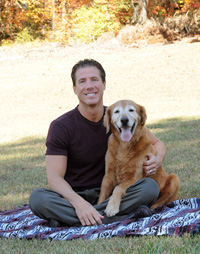What Is Mold and Why Is It a Problem?
Mold is a type of fungus that develops in damp and poorly ventilated regions. It flourishes on materials like wood, drywall, fabric, and insulation. Exposure to mold can lead to:
- Allergic reactions
- Asthma flare-ups
- Respiratory issues
For rental property managers or owners, especially in warm and humid regions, mold prevention is critical to ensuring a safe, livable space.
Places Where Mold is Most Likely to be Found
Mold is prevalent in:
- Bathroom intervals and tiled ceilings
- Framed and sill windows
- Furniture-covered exterior walls
- Basements and crawlspaces
- Leaky appliances and pipes
- During routine property inspections, management teams need to check and maintain these areas.
Step-by-Step: Safely Removing Mold
Step 1: Put on Protective Equipment
- While dealing with mold, ensure you have:
- Safety goggles
- Long sleeves and pants
- N95 mask or respirator
- Rubber or disposable gloves
- This clothing shields you from mold spores and protects your skin.
Step 2: Contain the Mold
Close windows and vents to contain spores. If a fan can direct air outside, use it.
Step 3: Identify a Suitable Cleaning Agent
- For small areas (under 10 sq. ft.), you can use:
- White vinegar (undiluted)
- Hydrogen peroxide (3% solution)
- Baking soda mixed with water
- Commercial mold removers
- Avoid combining chemicals that can produce harmful fumes, such as bleach and ammonia.
Step 4: Clean and Get Rid of Mold
- The moldy area should be sprayed with the solution.
- To eliminate the spores, leave it for ten to fifteen minutes.
- Use a cloth or stiff brush to scrub well.
- Rinse with fresh water and pat dry.
- Put used gloves, brushes, and rags in a sealed bag for disposal.
Step 5: Fix the Moisture Source
- Address any water leaks or humidity issues to stop mold from growing again:
- Fix any leaky roofs or pipes.
- Utilize exhaust fans in kitchens and bathrooms.
- Put in a dehumidifier in damp spaces like basements.
- Water problems should be fixed right away by single-family rental property management teams to prevent damage to the property and complaints from tenants.
When to Call a Professional
Contact a licensed mold remediation specialist if:
The mold covers more than 10 square feet
It's inside walls, HVAC systems, or insulation
Occupants experience ongoing health symptoms
You've tried DIY methods and mold keeps returning
In many jurisdictions, landlords and rental property managers are legally required to provide mold-free living conditions, making prompt, professional action a must.
Mold Prevention Tips for Renters and Landlords
Keep humidity levels below 50%
Use exhaust fans during and after showers
Dry wet areas immediately
Don’t ignore musty odors—investigate them
Regularly clean bathroom and kitchen surfaces
For those looking for residential property management near me, choose a service that actively monitors mold risks and educates tenants on prevention.

